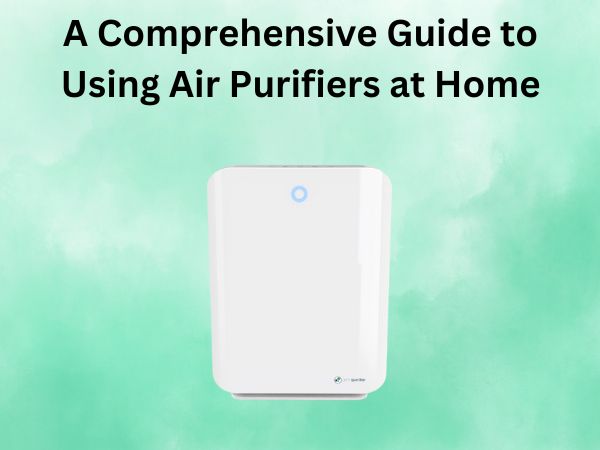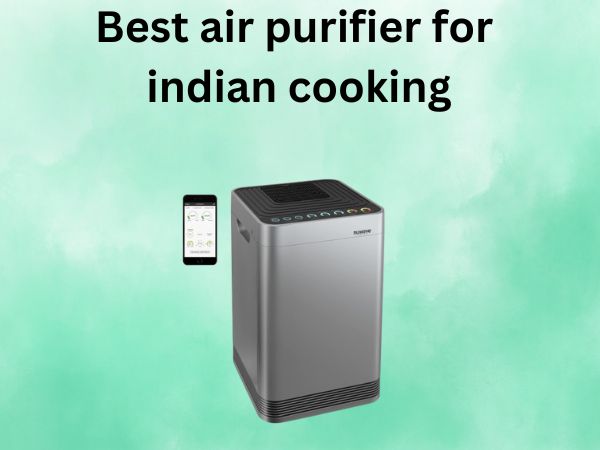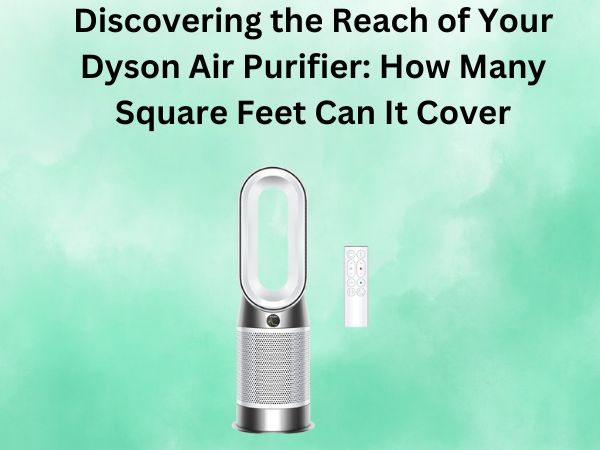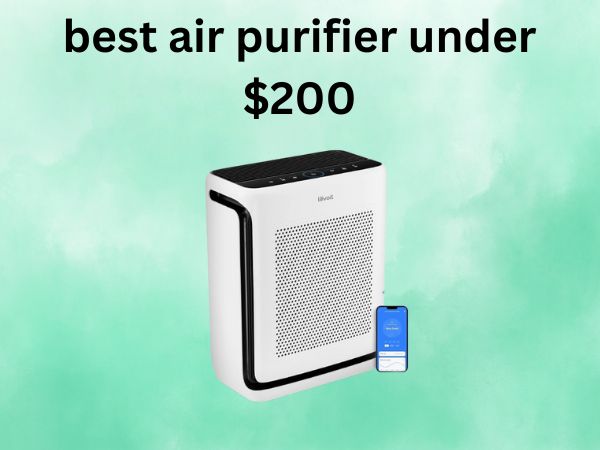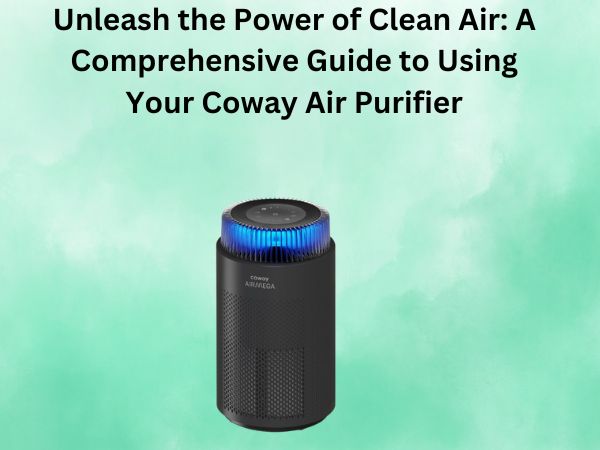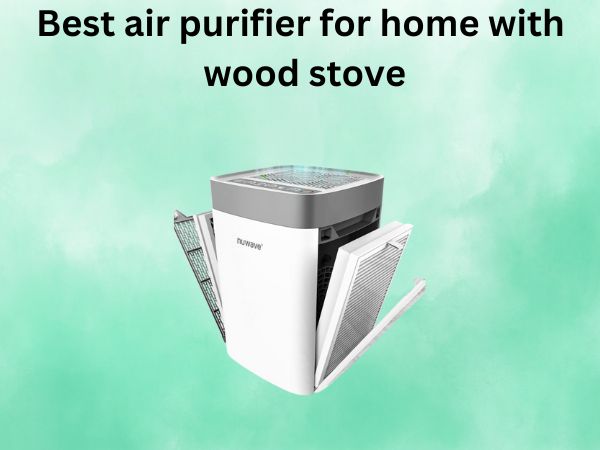Breathing Easy: A Comprehensive Guide to Using Air Purifiers at Home
In today’s world, where we spend the majority of our time indoors, the quality of the air we breathe has become a critical concern. From pollutants to allergens, the air inside our homes can be a breeding ground for a variety of unwanted particles that can have a significant impact on our health and well-being. That’s where air purifiers come in – these nifty devices are designed to filter out the impurities in the air, leaving us with a cleaner, fresher environment to breathe in. But how exactly do you use an air purifier at home? Let’s dive in and explore the ins and outs of this essential home appliance.
Table of Contents
Understanding the Basics of Air Purifiers
At their core, air purifiers are designed to improve the air quality in a given space by removing various types of airborne contaminants. These can include dust, pollen, pet dander, smoke, and even certain types of bacteria and viruses. The way they achieve this is through a filtration system, which typically involves a combination of mechanical filters, activated carbon, and sometimes even ultraviolet light technology.
When it comes to choosing an air purifier, it’s important to consider the size of the room or space you want to use it in, as well as the specific types of pollutants you’re trying to target. Some air purifiers are designed for larger rooms, while others are better suited for smaller spaces. Additionally, some models may be more effective at removing certain types of particles, such as smoke or allergens, compared to others.
Proper Placement of Your Air Purifier
One of the most crucial aspects of using an air purifier effectively is its placement within your home. The location of the device can make a significant difference in its performance and the overall air quality in the room.
As a general rule, you’ll want to place your air purifier in a central location, away from walls or furniture that could obstruct the airflow. It’s also a good idea to position it near the area where you spend the most time, such as your living room or bedroom. This will ensure that the purified air is being circulated in the spaces you occupy most frequently.
Another important consideration is the proximity to any potential sources of pollution, such as windows, doors, or vents. Placing the air purifier close to these areas can help it more effectively capture and filter out any incoming contaminants.
Optimizing Your Air Purifier’s Performance
Once you’ve found the perfect spot for your air purifier, it’s time to start optimizing its performance. Here are a few tips to help you get the most out of your investment:
- Adjust the fan speed – Most air purifiers come with multiple fan speed settings, allowing you to adjust the airflow based on your needs. A higher fan speed can be useful for quickly clearing out pollutants, while a lower setting may be more suitable for maintaining a consistent, comfortable level of air quality.
- Regularly clean and replace filters – The filters in your air purifier are the heart of its filtration system, and they need to be maintained in order to keep the device functioning at its best. Consult your manufacturer’s recommendations for the proper cleaning and replacement intervals.
- Consider the room size – Make sure your air purifier is rated for the size of the room you’re using it in. Using a unit that’s too small for the space won’t be as effective, while a larger model may be overkill and use more energy than necessary.
- Schedule routine maintenance – In addition to filter changes, it’s a good idea to perform regular maintenance on your air purifier, such as cleaning the exterior and checking for any issues with the internal components.
Integrating Air Purifiers into Your Daily Routine
Now that you have a solid understanding of how to use an air purifier effectively, let’s talk about how to seamlessly incorporate it into your daily life. After all, the true benefits of clean, filtered air can only be realized when the purifier is used consistently and as part of your regular home maintenance routine.
One way to ensure that your air purifier is always running when you need it is to set a schedule. This could involve turning it on in the morning when you wake up, running it throughout the day while you’re at home, and then turning it off before bed. You can even take advantage of smart home technology and set your purifier to automatically adjust its settings based on the time of day or even air quality levels.
It’s also a good idea to make a habit of checking your air purifier’s filter status and performing any necessary maintenance on a regular basis. This will help you stay on top of any potential issues and ensure that your device is always operating at peak efficiency.
Conclusion
Using an air purifier at home can be a game-changer when it comes to improving the quality of the air you and your family breathe. By understanding the basics of how these devices work, placing them strategically within your living spaces, and maintaining them properly, you can enjoy the many benefits of clean, fresh air – from reduced allergy symptoms to a healthier overall indoor environment.
Frequently Asked Questions
How often should I replace the filters in my air purifier?
The recommended filter replacement interval can vary depending on the manufacturer and the specific model of your air purifier. Generally, most filters need to be replaced every 6-12 months, but it’s best to check the manufacturer’s guidelines for your particular device. Factors like the air quality in your home and how frequently you use the purifier can also affect the filter’s lifespan.
Can I use an air purifier in a room with the windows open?
Yes, you can use an air purifier in a room with the windows open, but it’s important to note that the effectiveness may be reduced. Open windows can allow outdoor pollutants and allergens to enter the space, which the air purifier will then need to work harder to filter out. For optimal performance, it’s generally recommended to run the air purifier with the windows closed to maintain a contained, controlled environment.
Do air purifiers help with COVID-19?
Air purifiers can be helpful in reducing the concentration of airborne particles that may contain the COVID-19 virus, but they are not a substitute for other preventive measures like social distancing, masking, and vaccination. While some air purifiers with HEPA filters have been shown to capture small virus-containing particles, their effectiveness in real-world settings is still being studied. Proper use and maintenance of air purifiers, in conjunction with other precautions, can potentially contribute to a safer indoor environment.
How do I know if my air purifier is working properly?
There are a few signs that can indicate if your air purifier is functioning as it should. First, check the filter regularly and replace it when necessary – a dirty or clogged filter can reduce the purifier’s efficiency. You may also notice a difference in the air quality, such as less dust or allergens in the room, or a reduction in odors. Additionally, many air purifiers have indicator lights or sensors that can alert you to any issues with the device’s performance.
Can air purifiers help with asthma and allergies?
Yes, air purifiers can be very beneficial for people with asthma or allergies. By removing common triggers like pollen, dust, and pet dander from the air, air purifiers can help reduce the severity of symptoms and provide relief. However, it’s important to choose a purifier that is specifically designed to target the types of allergens or pollutants you’re concerned about. Consulting with your healthcare provider can also help you determine the most effective air purifier for your individual needs.

